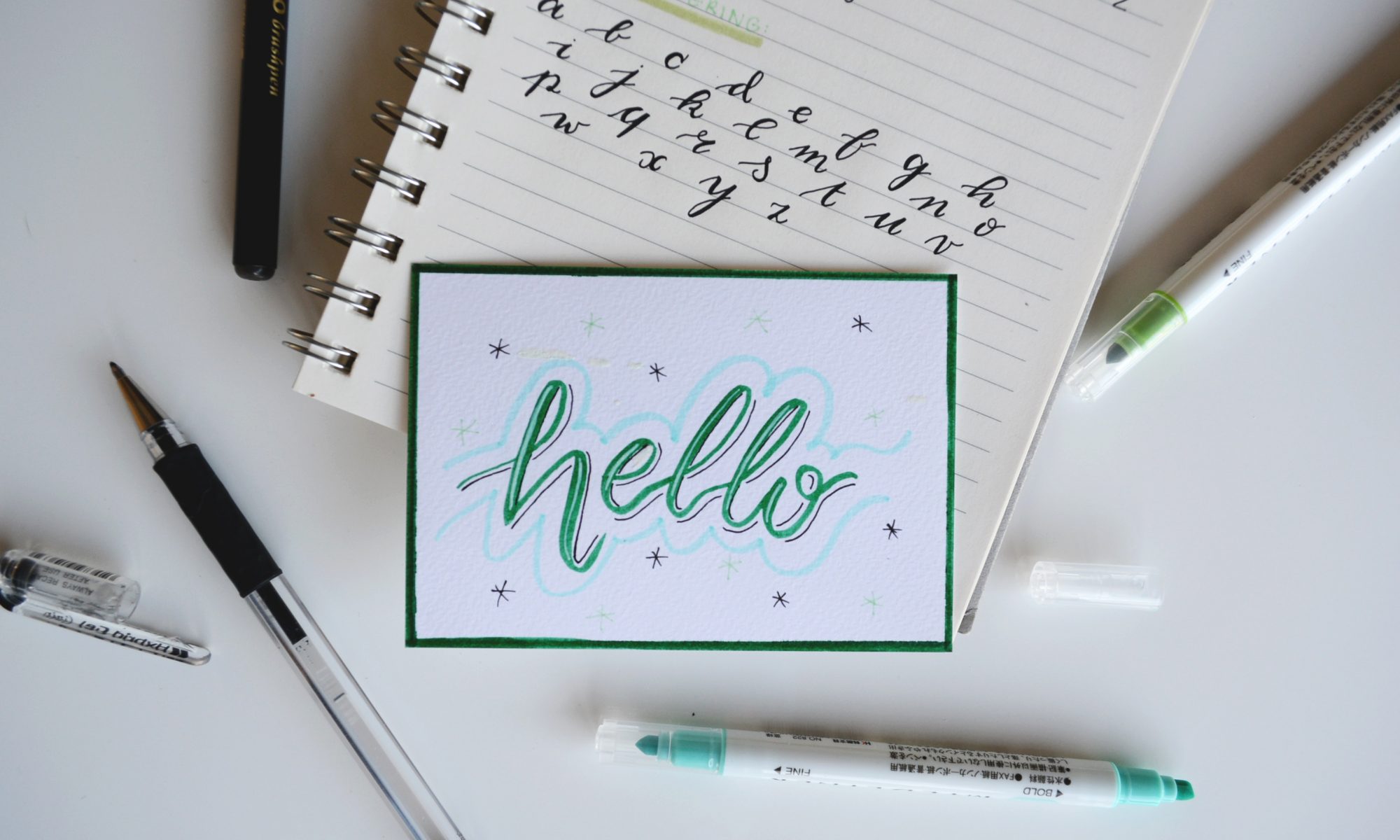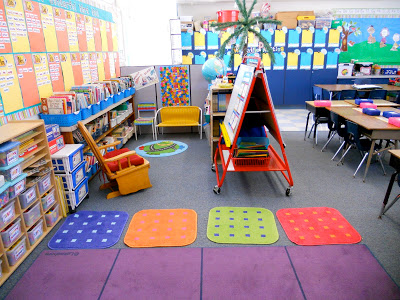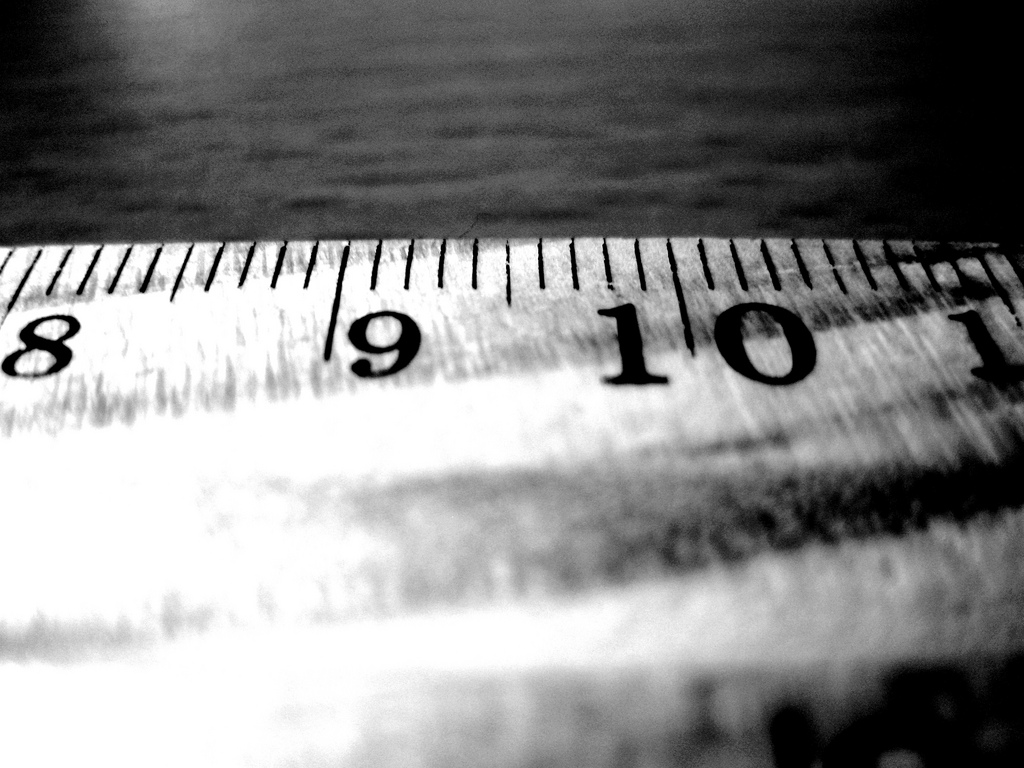Have you ever sat with your child and agonized over their struggle as they attempt to sound out every word they come across?
Sight words, or high frequency words, are the words that your child should be able to recognize just from looking at. Sight words are one of the foundation skills of reading that help emergent readers to fluently read a page without having to sound out every word they come across. The lists of sight words include the most commonly found words at each reading level. By learning these words your child will be set up for success to read.
When do I start teaching sight words?
Your child is ready to start working on sight words around ages 4 – 5. If your child is in Kindergarten, then you should be working on sight words. Another way to tell if your child is ready to work on sight words is if they can name the lowercase letters of the alphabet.
How do I teach sight words? Your very first session.
The key to teaching sight words is only do a few at a time, for short ten minute sessions. Since this is your very first session I’ll lay everything out for you to follow in an easy script as if this were the very first time you were doing this with your child. This is a quick pace to keep your child interested and to move through three words in a short amount of time.
We are going to start working on reading words together! I am going to start by showing you a word, and then saying it, and then you are going to say it back to me. We will underline the word with our fingers each time we say it.
Ready? It’s my turn. This word is see. [underline the word with your finger] Again, see [underline the word with your finger]. Your turn, what word?
Child: See. [child should underline the word with their finger]
Yes! – I see a dog. See. [underline the word with your finger] Your turn, what word?
Child: See.
Again.
Child: See
Last time
Child: See
Now we are going to Spell the word. First we will say the word, then touch each letter as we say them, then say the word again. I underline the word with my finger when I say it.
This is my turn. See [underline]; S [tap] E [tap] E [tap] ; See [underline]
Again. See [underline]; S [tap] E [tap] E [tap] ; See [underline]
Now it’s your turn.
Child: See [underline]; S [tap] E [tap] E [tap] ; See [underline]
Yes! Do it again, get ready, go.
Child: See [underline]; S [tap] E [tap] E [tap] ; See [underline]
Yes! Last time.
Child: See [underline]; S [tap] E [tap] E [tap] ; See [underline]
Great job. You spelled the word.
Now we are going to do it again, but this time we are going to write the word after we say it. I will go first. I say the word, then I will say and write the letters with my finger in the air, and then say the word again. We underline the word with our finger each time we say it.
This is is my turn. See [underline]; S [draw with a finger] E [draw with a finger] E [draw with a finger] ; See [underline]
I will do it again.
See [underline]; S [draw with a finger] E [draw with a finger] E [draw with a finger] ; See [underline]
Now it is your turn.
Child: See [underline]; S [draw with a finger] E [draw with a finger] E [draw with a finger] ; See [underline]
Yes! Again.
Child: See [underline]; S [draw with a finger] E [draw with a finger] E [draw with a finger] ; See [underline]
Yes! One more time.
Child: See [underline]; S [draw with a finger] E [draw with a finger] E [draw with a finger] ; See [underline]
Fantastic, you said the word and wrote the letters with your fingers.
Our last activity is to write it in on the table with our finger. We will sit at the table to do this activity.
This is my turn. See [underline]; S [draw with a finger] E [draw with a finger] E [draw with a finger] ; See [underline]
I will do it again.
See [underline]; S [draw with a finger] E [draw with a finger] E [draw with a finger] ; See [underline]
Now it is your turn.
Child: See [underline]; S [draw with a finger] E [draw with a finger] E [draw with a finger] ; See [underline]
Yes! Again.
Child: See [underline]; S [draw with a finger] E [draw with a finger] E [draw with a finger] ; See [underline]
Yes! One more time.
Child: See [underline]; S [draw with a finger] E [draw with a finger] E [draw with a finger] ; See [underline]
Fantastic, you said the word and wrote the letters with your fingers.
Now you can repeat the whole process two more times. Maybe go and to?
Your future sight word sessions.
Now that you have introduced sight words it is time to get in the habit of doing sight word sessions. Again, these should take less than ten minutes total to do.
Begin by reviewing the words you have already done with your child. Show your child a card, such as go.
I am going to show you a card, I want you to say the word and underline it with your finger. Here is the word.
[show the card]
Child: Go
Yes! Again.
Child: Go
Now this one. [show a new card]
Child: See
Yes! Again.
Child: See
Now this one. [show another card]
Child: [pauses or says the incorrect word]
That word is to. What word?
Child: to
Yes, again, what word?
Child: to
Yes, to! We travel to the zoo. Again, what word?
Child: to
We will go through the learning activities for introducing the word to the child again in order to reinforce it. If there is only one word that needs to be reinforced with the whole set of activities, then absolutely introduce a new word as well. If we have to go through this process with more than one word, today is not the day to introduce additional new sight words.
Photo by Estée Janssens on Unsplash











